
-
Find the right food for your petTake this quiz to see which food may be the best for your furry friend.Find the right food for your petTake this quiz to see which food may be the best for your furry friend.Featured products
 Perfect Digestion Small & Mini Adult Dog Food
Perfect Digestion Small & Mini Adult Dog FoodHill's Science Plan Perfect Digestion Small & Mini Breed Adult Dog Food with Chicken & Brown Rice supports ultimate digestive well-being & a healthy microbiome.
Shop Now Small & Mini Mature Adult 7+ Dog Food
Small & Mini Mature Adult 7+ Dog FoodHill's Science Plan Small & Mini Breed Mature Adult Dog Food with Chicken is a complete pet food, specially formulated with ActivBiome+ Multi-Benefit Technology.
Tailored nutrition to support graceful ageing in small dogs. Specially made with a synergistic blend of nutrients for energy & vigor.Shop Now Perfect Digestion Large Breed Puppy Food
Perfect Digestion Large Breed Puppy FoodPrecisely balanced nutrition with Hill's ActivBiome+ prebiotic blend actively contributes to supporting digestive health and overall well-being to help your pet feel their best
Shop NowFeatured products Hypoallergenic Dry Cat Food
Hypoallergenic Dry Cat FoodHILL'S SCIENCE PLAN Hypoallergenic Adult cat food with egg & insect protein is a complete pet food for adult cat 1–6 years old. It's formulated for cats with delicate skin and stomach, with limited high quality novel protein sources & no grain.
Shop Now Hairball & Perfect Coat Adult Cat Food
Hairball & Perfect Coat Adult Cat FoodHill's Science Plan HAIRBALL & PERFECT COAT Adult cat food with Chicken is specially formulated to effectively help avoid hairball formation in adult cats while promoting a beautiful coat. Thanks to its mix of essential Omega-6 fatty acids, this food benefits the cat's skin and fur keeping them healthy and shiny. Our Advanced Fibre Technology helps reduce hairballs by naturally promoting their passage through the gut. This food is formulated with high-quality protein for a perfectly balanced, great-tasting recipe.
Shop Now Kitten Food
Kitten FoodTender chicken chunks in gravy for kittens, with omega-3s for healthy eye & brain development and high-quality protein to support muscle growth. With balanced minerals to promote strong bones & teeth.
Shop Now -
Dog
- Dog Tips & Articles
-
Health Category
- Weight
- Food & Environmental Sensitivities
- Urinary
- Digestive
- Joint
- Kidney
-
Life Stage
- Puppy Nutrition
- Adult Nutrition
- Senior Nutrition
Cat- Cat Tips & Articles
-
Health Category
- Weight
- Skin & Food Sensitivities
- Urinary
- Digestive
- Kidney
-
Life Stage
- Kitten Nutrition
- Adult Nutrition
Featured articles Pet Food Storage Tips
Pet Food Storage TipsWhere you store your cat and dog food can make a big difference in the quality and freshness once it is opened. Here are some common questions and recommendations for optimal storage for all of Hill’s dry and canned cat and dog food.
Read More The Right Diet For Your Pet
The Right Diet For Your PetLearn what to look for in healthy pet food & nutrition, including ingredients, quality of the manufacturer, your pet's age, and any special needs they have
Read More Understanding Your Pet's Microbiome
Understanding Your Pet's MicrobiomeLearn what a pet's microbiome is, how it contributes to your pet's gut & overall health, and why nutrition is important in maintaining healthy microbiomes.
Read More -


You may have noticed your feline friend staring at herself in the mirror or at another shiny surface once or twice. But do cats understand mirrors? Does she know that she's gazing at herself?
Who's That Kitty?
For nearly half a century, scientists have studied the concept of self-recognition in animals, including cat self-awareness. For many creatures, the evidence for this cognitive skill remains inconclusive.
This doesn't mean that our furry friends lack the smarts to recognize themselves; rather, it comes down to the cognitive capabilities of their species. "It takes a good deal of sophisticated integration of information about yourself and your own movements and what you're seeing in front of you in that glass" to recognize your mirror image, animal psychologist Diana Reiss tells National Geographic. This also applies to newborn humans. Babies have no clue about what they look like until they are older than one year of age, notes Psychology Today.
As explained by Popular Science, cats actually don't recognize themselves in the mirror, despite what you see in those cute cat videos or in your own home. When they spot a mirrored kitty, some cats will duck behind the mirror to look for the other cat, some will ignore the reflection and others will "act wary or aggressive towards what appears to be another cat able to counteract [her] own gestures perfectly." This "attack posture" may seem like your kitty is waving to herself, Popular Science says, but she's actually in defense mode. Your kitty's puffed-out tail and the way her ears are tilted are a response to the "threat" of her own reflection.


Tasty Tips
What Science Can Tell Us
There's scientific evidence to support the claim that many animals do (and don't) recognize themselves in a reflection. Scientific American writes that when an animal glimpses itself in a mirror, "it may not understand 'That's me!' in the same way as a human would, but it may know that its body is its own and does not belong to someone else." Examples of this understanding include instances when animals recognize the abilities and limitations of their own bodies while performing physical activities, such as running, jumping and hunting. You'll see these concepts in motion when, say, your cat jumps to the top of the kitchen cabinets.
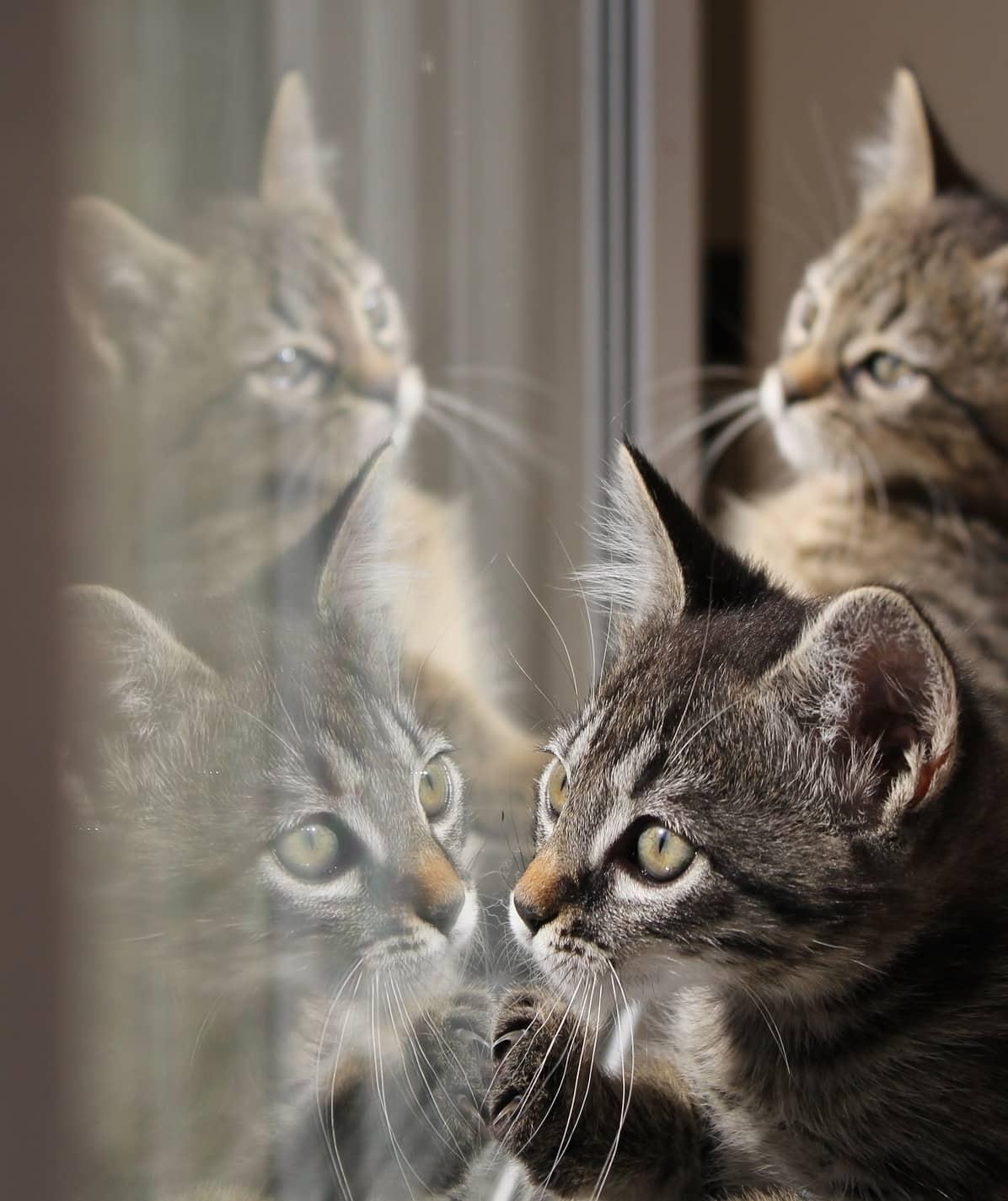
Studying animal cognition is difficult, as you may well imagine, and testing can be problematic for various reasons. Scientific American references the issues with the "red spot test," also called the mirror self-reflection test, a well-known study conducted in 1970 by psychologist Gordon Gallup and published in The Cognitive Animal. Researchers placed an unscented red dot on a sedated animal's forehead and then observed how the animal, upon waking up, reacted to its reflection. If the animal touched the red spot, Gallup hypothesized, it was an indication that the animal recognized the altered state of its own appearance: in other words, self-recognition.
Although most animals failed Gallup's test, a few did pass, such as dolphins, great apes (gorillas, chimpanzees, orangutans and bonobos) and magpies. Not included in this list? Dogs and cats.
The failure of most animals is not surprising, some critics say, because many creatures simply don't know what they look like. Cats and dogs, for example, rely on their olfactory sense to identify pieces of their surroundings, such as their home, their pet parents and other pets. Your cat knows who you are not because of facial recognition but because she knows your scent. Animals that don't have an instinct to groom may also recognize a red dot on themselves but not feel the need to remove it.
Starting With the Cat in the Mirror
Do cats understand mirrors? Maybe. The extent of cat self-awareness is still a mystery. Despite all of the wisdom contained in her all-knowing eyes, when your cat's pacing back and forth in front of mirror, she's probably not admiring the sleekness of her coat or the smoothness of her freshly-trimmed nails.
More than likely, she's investigating the stranger that is too close for comfort. If looking in a mirror stresses out your kitty, remove the mirror if possible and divert her attention with fun DIY toys, catnip mice or jingly balls. If she stares calmly into the eyes of the cat before her, who knows? She may just be pondering her own existence.


Christine O'Brien is a writer, mom, and long-time cat parent whose two Russian Blues rule the house. Her work also appears in Care.com, What to Expect, and Fit Pregnancy, where she writes about pets, pregnancy, and family life. Find and follow her on Instagram and Twitter @brovelliobrien.
Related products

Tender chicken chunks in gravy for kittens, with omega-3s for healthy eye & brain development and high-quality protein to support muscle growth. With balanced minerals to promote strong bones & teeth.

HILL'S SCIENCE PLAN Hypoallergenic Adult cat food with egg & insect protein is a complete pet food for adult cat 1–6 years old. It's formulated for cats with delicate skin and stomach, with limited high quality novel protein sources & no grain.

Hill's Science Plan Adult Cat Food with Chicken is a complete pet food, specially formulated with ActivBiome+ Multi-Benefit Technology.
This food is specially formulated to fuel the energy needs of cats during the prime of their life.

Hill's Science Plan HAIRBALL & PERFECT COAT Adult cat food with Chicken is specially formulated to effectively help avoid hairball formation in adult cats while promoting a beautiful coat. Thanks to its mix of essential Omega-6 fatty acids, this food benefits the cat's skin and fur keeping them healthy and shiny. Our Advanced Fibre Technology helps reduce hairballs by naturally promoting their passage through the gut. This food is formulated with high-quality protein for a perfectly balanced, great-tasting recipe.
Related articles
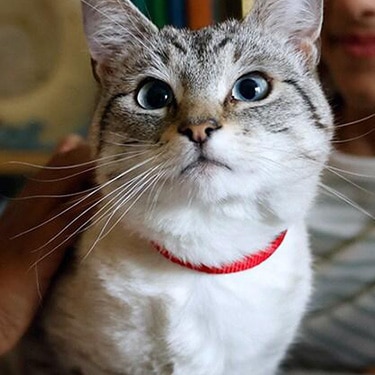
Discover what you can do to spot and support a sensitive cat stomach. See what routines and food you can implement to help your cat be happy and healthy.
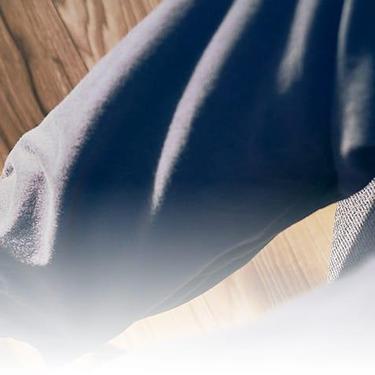
Discover which cat toys games your feline friend might like, and how they are great sources of exercise. Explore our library of articles to learn more.
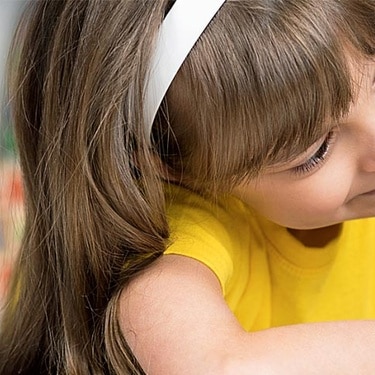
When learning how to train your cat, you'll start with very basic first steps that both reward good behavior and discourage the bad.
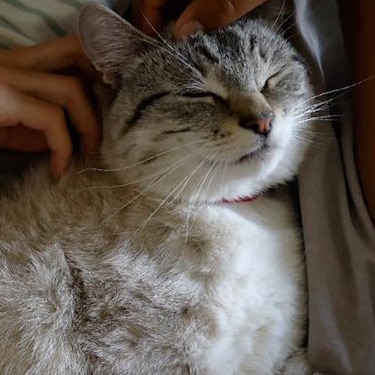
Find out about how you can support your cat's digestion to boost overall health. Diet is key to a long and happy life for your cat, so discover what you can do.
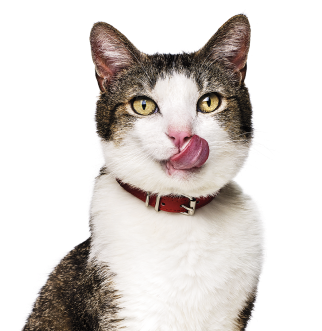
Put your cat on a diet without them knowing
Our low calorie formula helps you control your cat's weight. It's packed with high-quality protein for building lean muscles, and made with purposeful ingredients for a flavorful, nutritious meal. Clinically proven antioxidants, Vitamin C+E, help promote a healthy immune system.
Put your cat on a diet without them knowing
Our low calorie formula helps you control your cat's weight. It's packed with high-quality protein for building lean muscles, and made with purposeful ingredients for a flavorful, nutritious meal. Clinically proven antioxidants, Vitamin C+E, help promote a healthy immune system.

